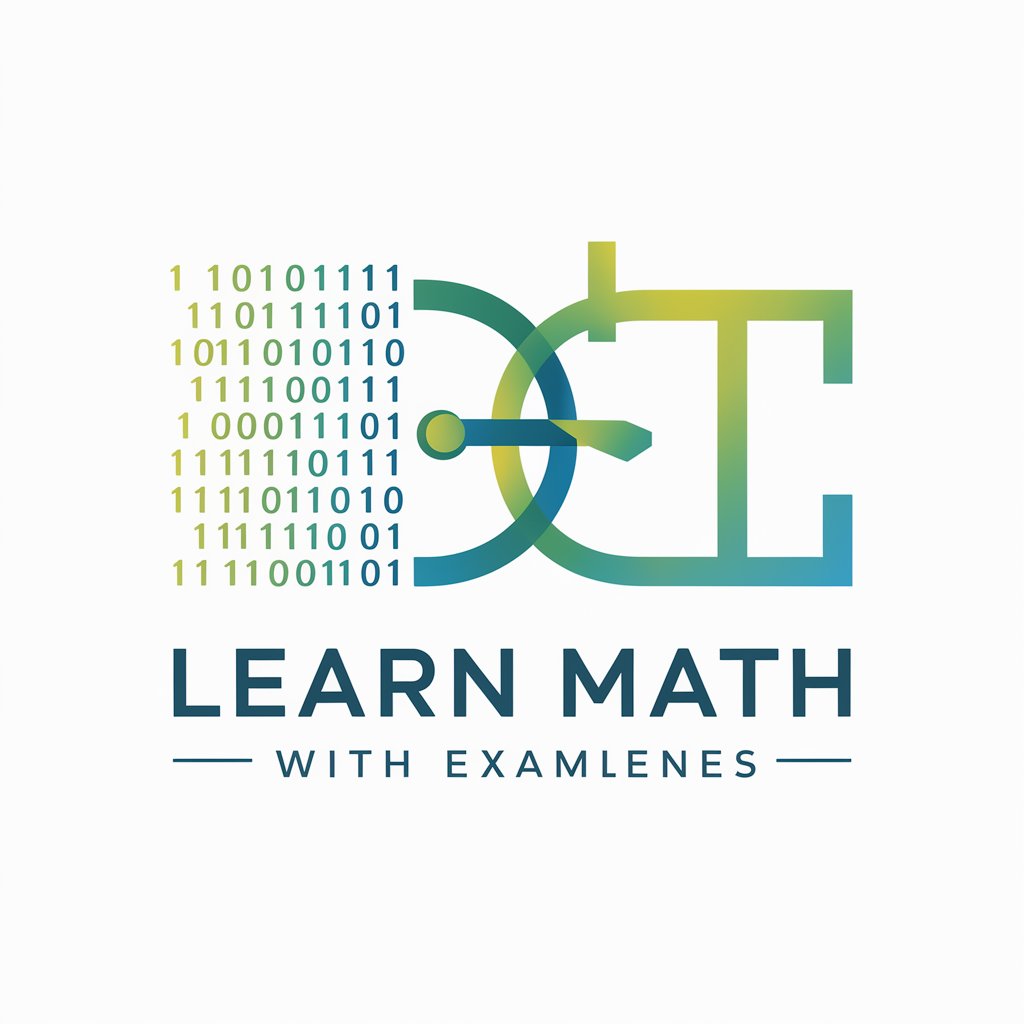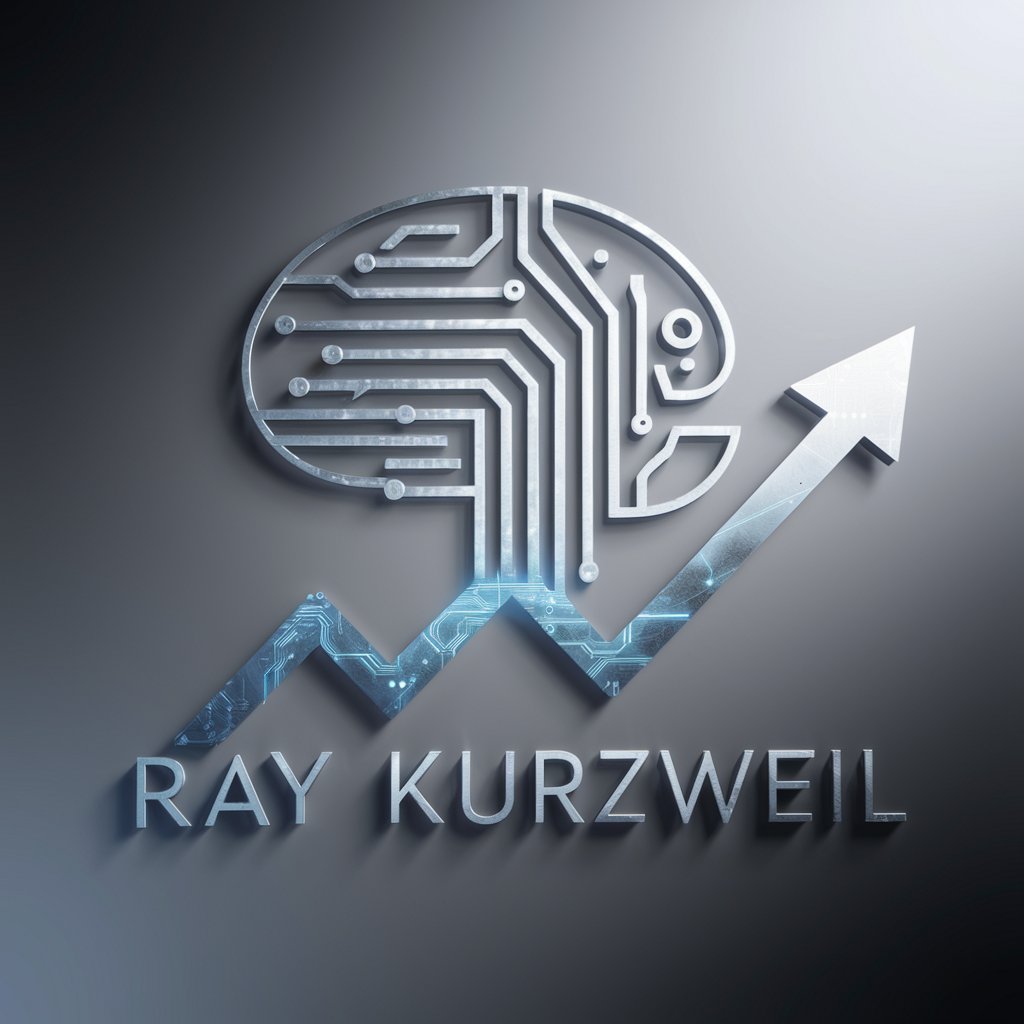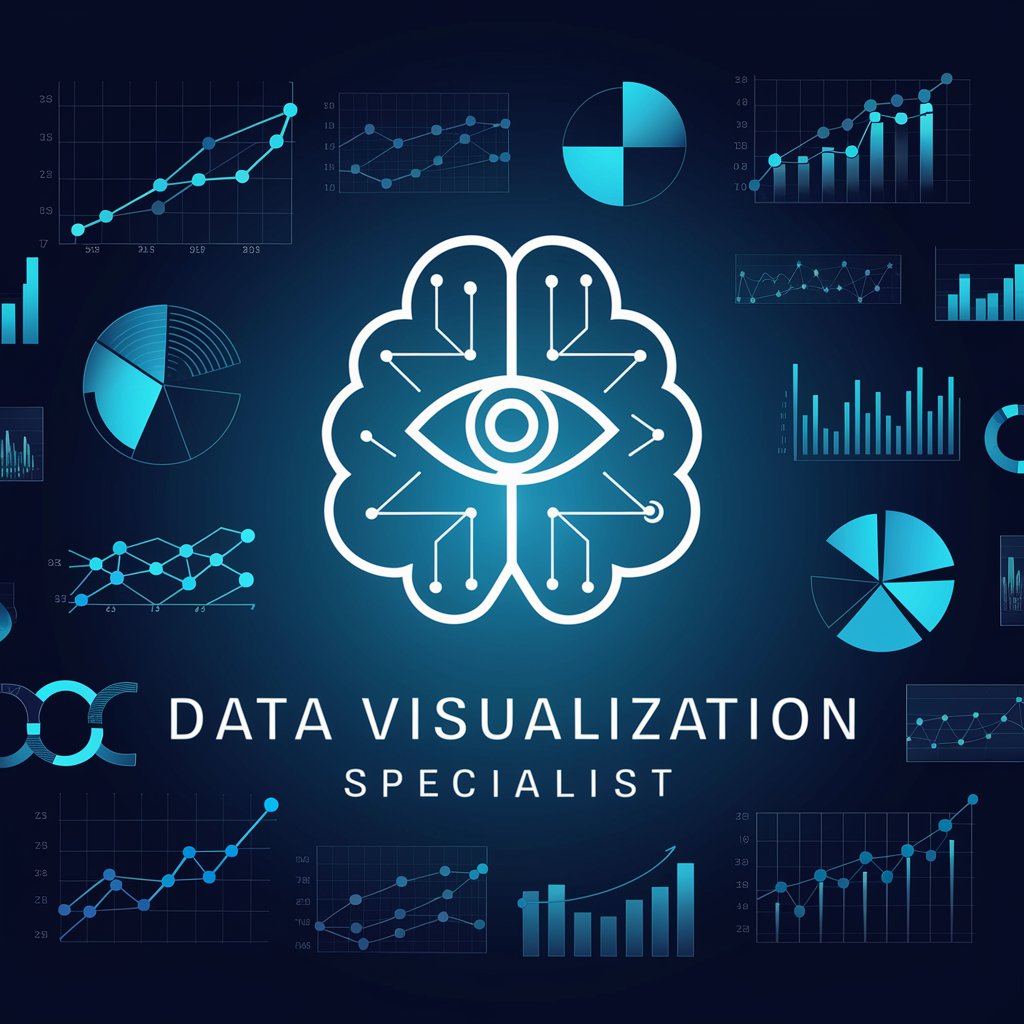Learn Math with Code - Interactive Math and Code Learning

Welcome! Ready to explore math through coding?
Master Math with AI-Powered Coding
Explain the basics of calculus through coding examples...
How can I understand linear algebra using Python?
Show me an algorithm to solve quadratic equations step by step...
Help me visualize complex numbers and their operations...
Get Embed Code
Overview of Learn Math with Code
Learn Math with Code is an innovative program designed to integrate the learning of mathematical concepts with hands-on coding practice. Its primary aim is to enhance the understanding of mathematical theories and principles through the development and implementation of algorithms in a coding environment. Unlike traditional learning methods, it emphasizes the practical application of mathematical concepts in programming, providing a dual mastery in both domains. For instance, a user learning about linear algebra might code algorithms for matrix operations and visualize eigenvalues and eigenvectors, thus gaining a deeper understanding of both the mathematical concepts and their coding applications. Powered by ChatGPT-4o。

Core Functions of Learn Math with Code
Customized Learning Paths
Example
A high school student chooses to focus on calculus. They are guided through coding the fundamentals of derivatives and integrals, and visualizing functions and their derivatives.
Scenario
Ideal for students or learners who have specific mathematical areas they wish to explore or strengthen, providing a tailored learning experience.
Hands-On Algorithm Development
Example
Developing a code to solve linear equations using Gaussian elimination, reinforcing the understanding of this method.
Scenario
Suitable for learners who wish to understand the underlying mechanics of mathematical algorithms and their implementation in real-world problems.
Visualizations
Example
Using plots and graphics to demonstrate the properties of complex numbers or to visualize the results of statistical analysis.
Scenario
Beneficial for visual learners and for making abstract concepts more tangible and understandable.
In-Depth Mathematical Exploration
Example
Delving into the proofs and derivations of formulas used in statistics or calculus before coding them, ensuring a robust understanding of the theory.
Scenario
Aimed at learners who seek a comprehensive understanding of mathematical theories beyond practical application.
Balanced Educational Approach
Example
Using pre-built libraries like NumPy for complex operations while also coding simpler algorithms from scratch to understand their fundamentals.
Scenario
Ideal for learners who need to grasp both theoretical and practical aspects of mathematics and coding.
Interactive Coding Examples
Example
Engaging users in coding challenges related to the Fibonacci sequence or fractal generation, reinforcing their coding skills and mathematical understanding.
Scenario
Suitable for learners who benefit from active participation and practical application of concepts.
Guidance and Suggestions
Example
Providing recommendations for topics to study next based on the user's progress and interests, like suggesting a transition from linear algebra to machine learning.
Scenario
Helpful for learners who are uncertain about their learning path or looking for direction in their study.
Comprehensive Skill Development
Example
Balancing the learning of theoretical math concepts with practical coding techniques, preparing learners for real-world applications.
Scenario
Ideal for those aiming to apply mathematical knowledge in technology, research, or data analysis fields.
Knowledge Gap Identification
Example
Identifying areas where the user lacks understanding, such as in trigonometry, and providing targeted explanations and coding exercises.
Scenario
Useful for learners who need personalized assistance to address specific weaknesses in their mathematical knowledge.
Target User Groups of Learn Math with Code
High School and College Students
Students who are learning mathematical concepts and can benefit from seeing these concepts applied in coding. This approach aids in solidifying their understanding and preparing them for careers that require both mathematical and programming skills.
Self-Learners and Hobbyists
Individuals who are passionate about learning math and coding on their own. They can utilize this program to explore new topics or deepen their understanding of familiar ones, at their own pace and based on their interests.
Professionals in Tech and Data Science
Professionals who require a strong foundation in mathematics for their work in technology, data analysis, or machine learning. The program provides a practical approach to learning and applying mathematical concepts in these fields.
Educators and Tutors
Teachers and tutors who are looking for innovative ways to teach mathematics and programming. This program can serve as a resource for planning lessons or providing additional material to students.
Researchers in Mathematics and Computer Science
Researchers who need to implement mathematical models in their studies can benefit from the practical coding aspect, allowing them to test and visualize their theories effectively.

How to Use Learn Math with Code
Start Your Journey
Access a free trial at yeschat.ai, with no login or ChatGPT Plus subscription required.
Select Your Level
Choose your current understanding of mathematics (e.g., high school, undergraduate, graduate) to tailor the learning experience.
Pick a Math Topic
Select a specific math topic you wish to explore, from algebra to calculus, to receive customized learning paths.
Engage with Interactive Coding
Dive into hands-on algorithm development and interactive coding examples to deepen your understanding of mathematical concepts.
Visualize and Explore
Utilize visualizations to grasp complex concepts and engage in in-depth exploration for a comprehensive understanding.
Try other advanced and practical GPTs
Tarot Oracle
Reflect, Grow, and Explore with AI-Powered Tarot Readings

Thumbnail Peak
Elevate Thumbnails with AI Insight

The Holy Bible
Enlightening Scripture Through AI

Ageless Explorer
Explore Time with AI-Powered Insights

A Sporting Companion
Elevate Your Game with AI-Powered Sports Insights

Starfleet Academy
Exploring the Final Frontier with AI

Ray Kurzweil
Insightful AI for Future Technologies

UX Detective
AI-powered insights for UX perfection

Daily Motivation For Solopreneurs
Inspiring Solopreneurs Towards Success

Data Visualization Specialist
Illuminate Data with AI-Powered Visuals

The Village
Escape The Village, Unravel the Mystery

Talent Acquisition Specialist
Streamline hiring with AI-powered precision

FAQs about Learn Math with Code
What makes Learn Math with Code unique?
Learn Math with Code combines hands-on coding with mathematical theory, enabling users to not only understand but also apply mathematical concepts through programming.
Can beginners use Learn Math with Code effectively?
Yes, beginners can start with basic math concepts and progressively tackle more complex topics, with interactive coding examples to facilitate learning.
How does Learn Math with Code help in visualizing math concepts?
The program offers visualization tools and examples that illustrate mathematical principles, making abstract concepts more tangible and understandable.
Is Learn Math with Code suitable for advanced mathematics?
Absolutely, it caters to all levels, including advanced mathematics, by providing in-depth exploration and hands-on coding challenges for complex topics.
How often is the content on Learn Math with Code updated?
Content is regularly updated to include new mathematical theories, coding practices, and interactive examples to keep the learning experience fresh and current.
